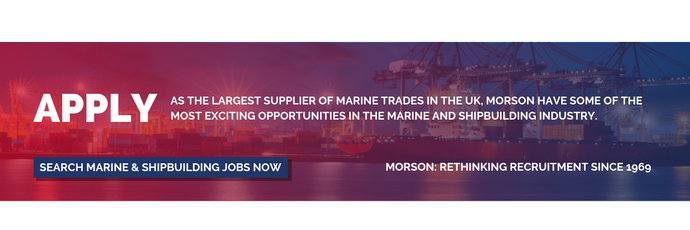
The world’s first autonomous oil spill response vessel makes debut
The world’s first autonomous oil spill response vessel has made its debut
When functioning in fully autonomous mode, the skimmer will enable unmanned oil spill response where crews are restricted as a result of safety hazards like dangerous weather or toxic fumes.
The world’s first autonomous vessel designed to combat oil spills that spell big trouble for our environment and cause vast destruction has been deployed. The vessel has been designed by Boston-based Sea Machines Robotics and was deployed on an Vigor/Kvichak Marine Industries-built skimmer boat, owned by Marine Spill Response Corp (MSRC).
The new technology onboard the vessel will enable us to act quickly and efficiently when oil spills occur to minimise the damage they cause. The use of robotics means that the vessel will have the ability to tackle oil spills without the need for a human onboard.
Michael Johnson, founder and CEO of Sea Machines said:
“Our operation of the world’s first autonomous, remote-commanded spill-response vessel is yet another significant industry first for Sea Machines,”
“But even more important is the fact that we’ve proven that our technology can be applied to the marine spill response industry – as well as other marine sectors – to protect the health and lives of mariners responding to spills.”

From a shoreside location at Portland Harbour in Maine, a Sea Machines operator commanded the SM300-equipped skimmer boat to perform the following capabilities:
Autonomous waypoint and grid line tracking
Remote autonomous control from an onshore location or secondary vessel,
ENC-based mission planning.
Wireless remote payload control to deploy on-board boom, skimmer belt and other response equipment.
When functioning in fully autonomous mode, the skimmer will enable unmanned oil spill response where crews are restricted as a result of safety hazards like dangerous weather or toxic fumes.
Richard Balzano, deputy administrator of MARAD added:
“This is the future of the maritime industry. It’s safer, it’s faster, it’s more cost-effective,”
“This technology is here and it will make you a believer. We are here because we want to help the maritime industry evolve. It’s about safety, the environment and reducing risk on the water.”
Autonomy is a massive focus in the maritime sector with the potential to make shipping safer, cleaner, and more efficient. It could transform the nature of work in the sector, offering attractive career prospects to a more diverse range of people.
The demonstration was watched by a number of marine, government, naval, international, environmental and industry representatives and was supported by the US Department of Transportation Maritime Administration (MARAD).
Sea Machines says its products can be installed aboard existing or new-build commercial vessels in the very near future.








